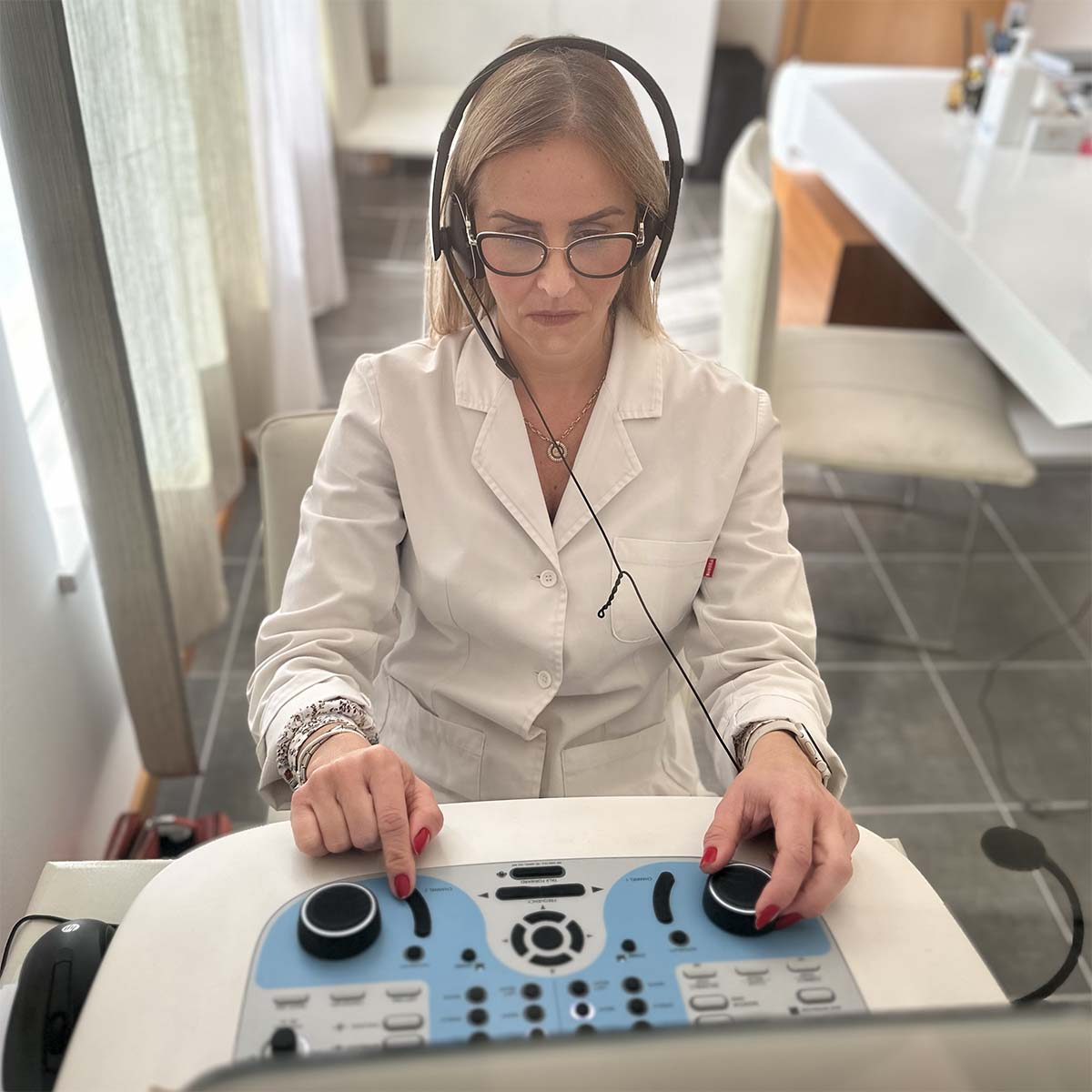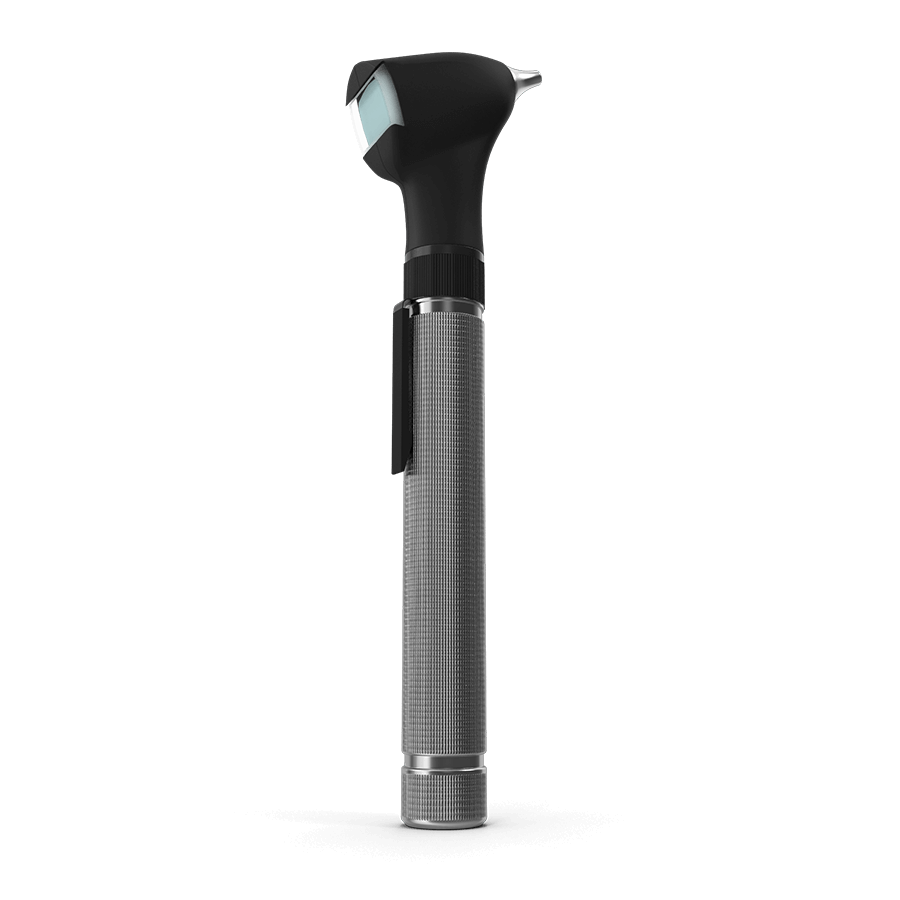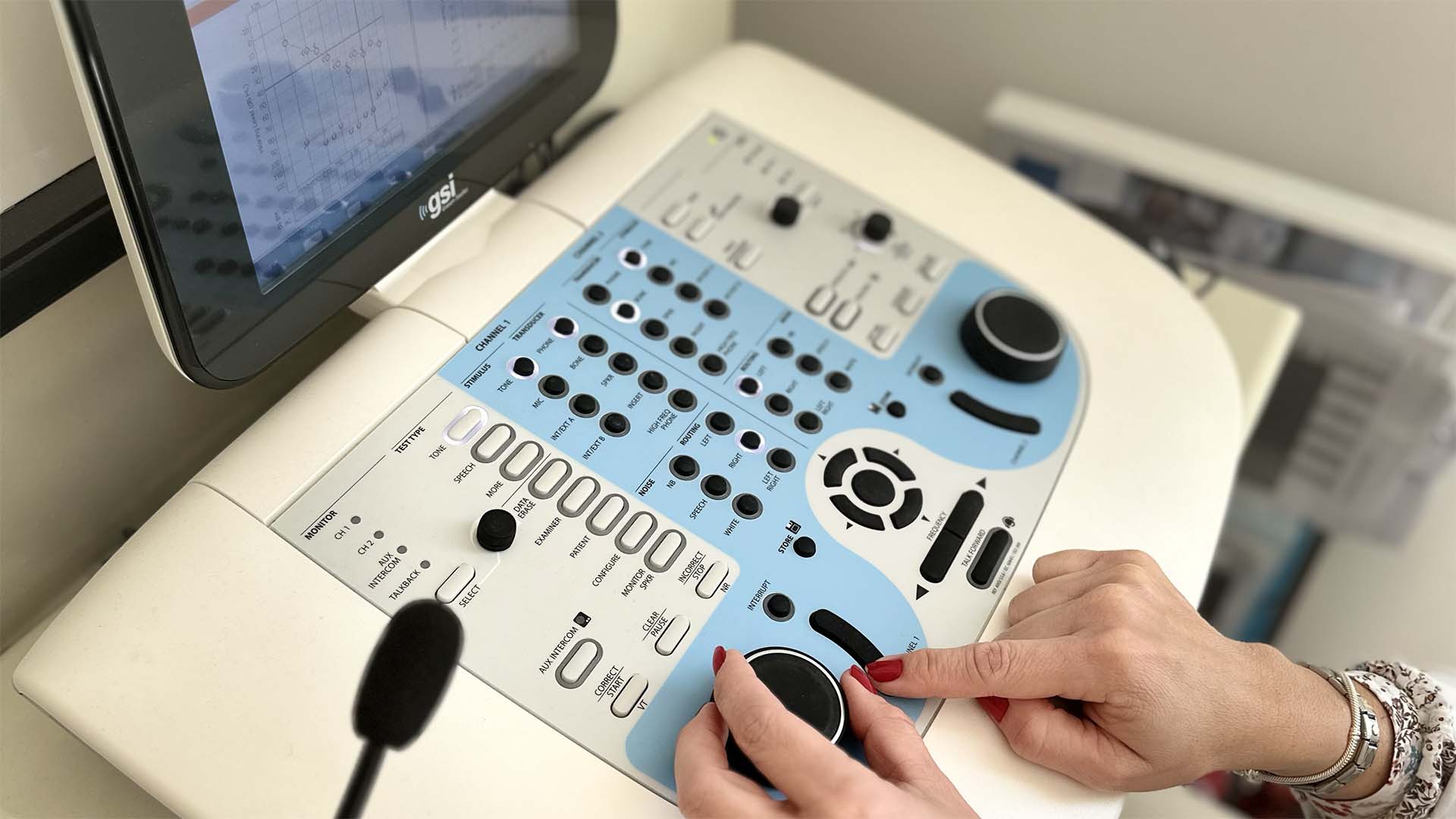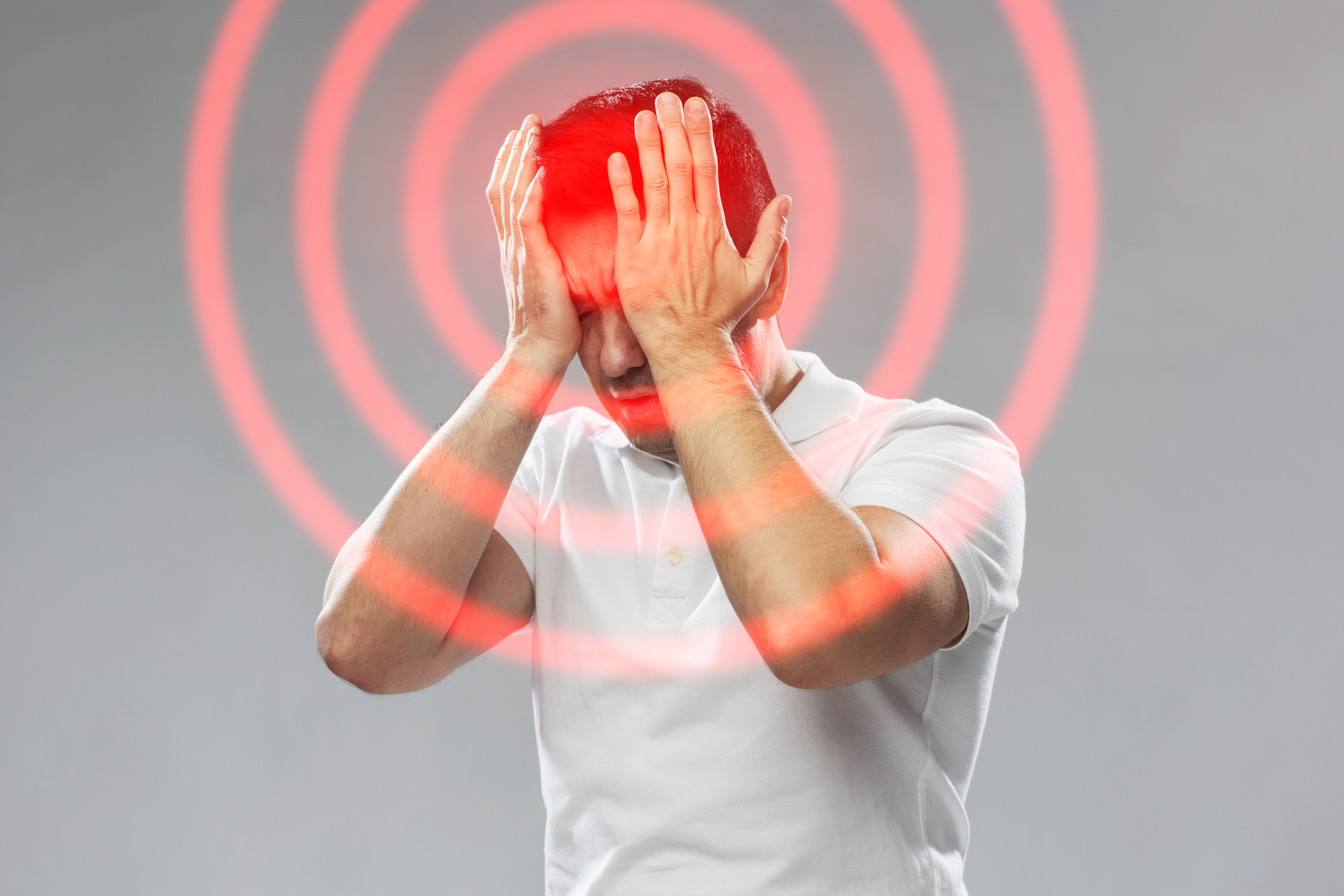Table of Contents
Introduction
Hearing loss doesn’t happen overnight. It’s often gradual, making it difficult to notice at first. You might struggle to follow conversations in noisy places, feel like others are mumbling, or frequently ask people to repeat themselves. But is it just background noise, or is your hearing changing? An audiometry test provides a precise and scientific assessment of your hearing, helping to detect even subtle changes before they start affecting your daily life.
How Does an Audiometry Test Work?
An audiometry test evaluates your ability to hear sounds at different frequencies and intensities. The process is straightforward and painless, usually involving:
- Pure-tone audiometry: Measures the softest sounds you can hear across various pitches.
- Speech audiometry: Assesses how well you understand spoken words at different volumes and in noisy environments.
- Bone conduction testing: Determines whether hearing loss is due to problems in the middle ear or damage to the inner ear and auditory nerve.
The results of these tests are plotted on an audiogram, a visual representation of your hearing thresholds that helps audiologists understand your hearing profile in detail.
What Your Audiogram Tells You
An audiogram provides critical insights into your hearing health, revealing:
- Hearing thresholds: The softest sounds you can detect at different frequencies.
- Type of hearing loss: Whether it’s sensorineural (caused by damage to the inner ear or auditory nerve), conductive (due to blockages or issues in the outer or middle ear), or a combination of both.
- Speech comprehension ability: How well you process speech, especially in challenging listening environments.
By carefully analysing these patterns, an audiologist can determine if intervention is needed and what type of hearing support would be most beneficial.
What Most Don’t Tell You About Hearing Tests
Many articles explain the basics of audiometry, but few dive into the aspects that truly matter for your long-term hearing health. Here’s what you need to know:
- Hearing loss isn’t just about volume – clarity matters too. Even if you can hear sounds, you may struggle to understand speech, particularly in noisy settings. This happens when certain frequencies become harder to detect, affecting the way speech sounds are processed.
- Your ability to hear speech in noise is as important as detecting tones. Standard hearing tests measure the softest sounds you can hear, but real-world hearing involves distinguishing speech from background noise. This is why audiologists also assess how well you understand speech in noisy conditions.
- An audiometry test can detect early warning signs of more complex auditory issues. Conditions such as hidden hearing loss, auditory neuropathy, or Ménière’s disease may not be immediately noticeable but can sometimes be identified through advanced audiometric testing.
- Hearing aids aren’t just for severe hearing loss. Many people think hearing aids are only for those with profound hearing loss, but modern devices are designed to enhance even mild hearing impairments, improving clarity and reducing listening fatigue.
- Untreated hearing loss can lead to increased stress and social strain. Struggling to hear can make social situations exhausting, leading to withdrawal from conversations and activities you once enjoyed. Many people don’t realise the emotional impact of hearing difficulties until it starts affecting their relationships.

Why Regular Audiometry Testing Matters
Even if you don’t suspect hearing loss, routine audiometry tests establish a baseline for future comparison. This is crucial because hearing loss is typically progressive, and having past test results allows for early detection of subtle declines.
Hearing loss can also affect:
- Your ability to localise sounds, which is essential for safety (e.g., crossing the street, driving).
- How well you process and filter background noise, impacting social interactions.
- Your overall well-being, as strained hearing can cause fatigue and frustration.
By identifying changes early, you can explore options that preserve your hearing quality rather than waiting until difficulties become significant.
What Happens After Your Test?
Once your audiometry test is complete, your audiologist will discuss the results with you and recommend next steps based on your hearing profile. If hearing loss is detected, potential solutions include:
- Hearing aids tailored to your specific hearing needs. Modern devices come with advanced features such as adaptive noise cancellation, Bluetooth connectivity, and directional microphones to enhance clarity in various environments.
- Assistive listening devices (ALDs) designed for specific situations, such as TV streamers, amplified phones, and personal sound amplifiers.
- Hearing protection solutions to prevent further hearing deterioration, particularly for those exposed to loud environments.
Take Control of Your Hearing Health Today
Hearing health is an essential part of your overall well-being. Whether you’re experiencing subtle changes in your hearing or simply want to stay proactive, an audiometry test is the best way to understand and protect your hearing ability.
Schedule your audiometry appointment today and gain valuable insights into your hearing health!
References
Pure-tone audiometry: Measures the softest sounds you can hear across various pitches.







